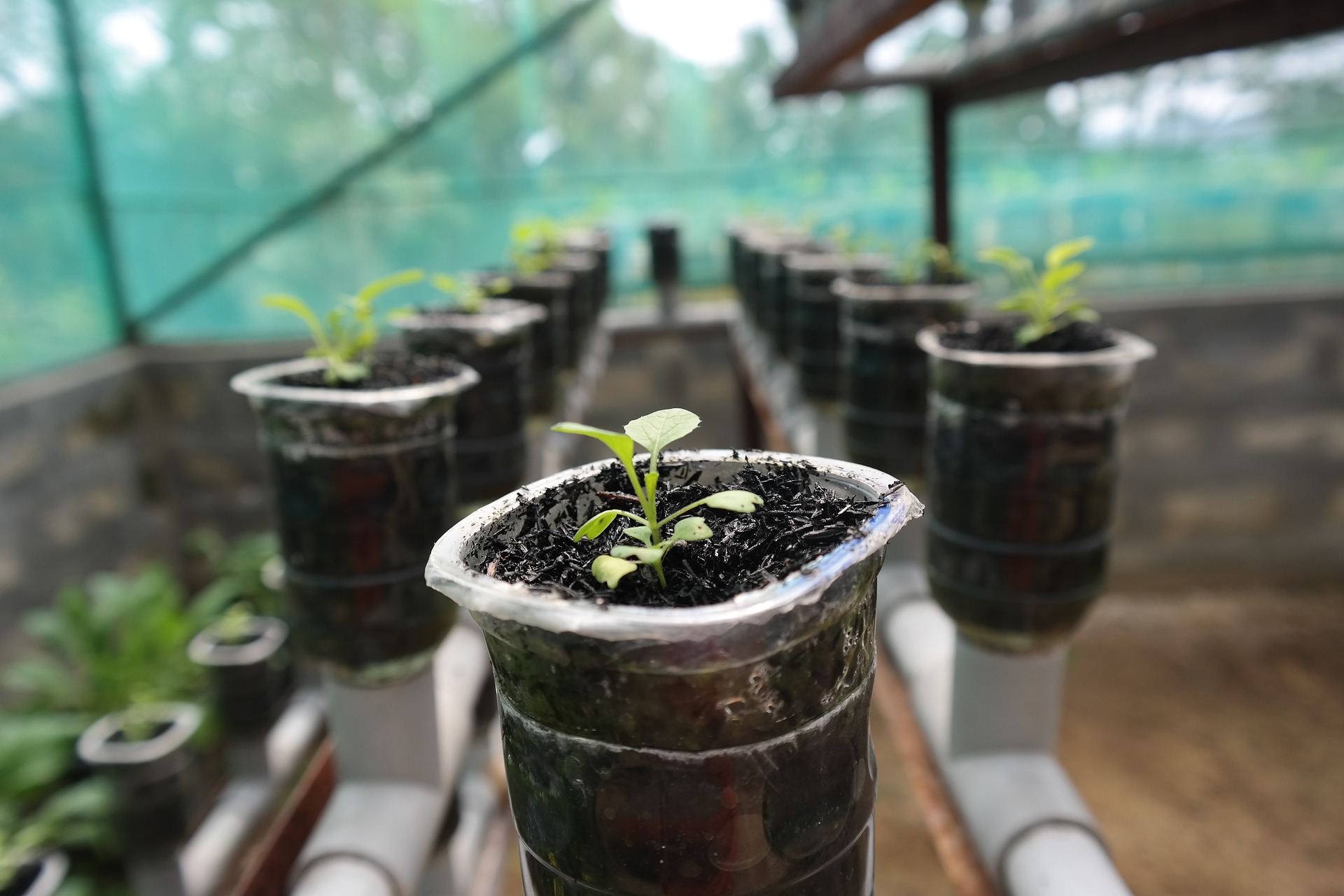Biodynamic Indoor Herb Spirals: A Symphony of Flavor and Form
Picture this: a mesmerizing spiral of aromatic herbs, ascending gracefully from your kitchen countertop. This isn't just any herb garden – it's a biodynamic indoor herb spiral, a revolutionary approach to cultivating culinary delights within the confines of your home. Marrying ancient wisdom with modern design, these compact ecosystems are transforming the way we grow, harvest, and savor our favorite herbs.

The concept of herb spirals, traditionally outdoor features, has been reimagined for indoor spaces. By combining the vertical gardening trend with biodynamic practices, enthusiasts have created a unique solution for year-round herb cultivation, regardless of outdoor space limitations.
Designing Your Indoor Herb Spiral
Creating an indoor herb spiral requires thoughtful planning and design. The structure typically consists of a spiral-shaped planter that ascends from a wide base to a narrow peak. This design maximizes growing space while creating distinct microclimates within a single structure.
Materials for the planter can vary, from recyclable plastics to sustainably sourced wood or even repurposed household items. The key is to ensure proper drainage and stability. The spiral shape allows for a natural gravity-fed watering system, mimicking the efficiency of natural ecosystems.
Microclimate Magic
One of the most fascinating aspects of indoor herb spirals is the creation of multiple microclimates within a single structure. As the spiral ascends, it creates varying conditions of moisture and sunlight exposure. This allows for a diverse range of herbs to thrive in close proximity.
At the base of the spiral, moisture-loving herbs like mint and watercress flourish in the damper soil. Mid-level, you might find Mediterranean herbs such as rosemary and thyme, which prefer well-drained soil. The top of the spiral, receiving the most light and having the driest soil, is perfect for drought-tolerant herbs like oregano and sage.
Biodynamic Practices for Indoor Success
Adapting biodynamic principles to an indoor setting requires creativity and attention to detail. Start with high-quality, organic potting soil enriched with compost. Incorporate biodynamic preparations, such as horn manure (BD 500) and horn silica (BD 501), to enhance soil vitality and plant growth.
Lunar planting calendars, a cornerstone of biodynamic farming, can be applied to your indoor herb spiral. Timing your planting, pruning, and harvesting according to lunar phases is believed to optimize growth and flavor.
The Culinary Connection
An indoor herb spiral isn’t just a visual masterpiece – it’s a functional culinary asset. Having fresh herbs at arm’s reach transforms everyday cooking into a sensory adventure. Snip a sprig of basil for your pasta, pluck some cilantro for your salsa, or garnish your cocktail with a perfect mint leaf.
The spiral design allows for easy access to all herbs, making harvesting a breeze. Moreover, the proximity of different herbs can lead to exciting flavor combinations and culinary experiments. Chefs and home cooks alike are finding inspiration in the diverse flavors literally spiraling before their eyes.
Maintenance and Care
Maintaining an indoor herb spiral requires a delicate balance of care and restraint. Overwatering is a common pitfall, as the spiral design naturally directs water downward. A light touch with watering, focusing on the upper levels, usually suffices.
Pruning is essential to maintain the spiral’s shape and prevent overgrowth. Regular harvesting serves as natural pruning, encouraging bushier growth and preventing herbs from becoming leggy.
Pest management in an indoor setting can be challenging but is often simpler than outdoor gardens. Introducing beneficial insects like ladybugs can help control aphids and other pests naturally, adhering to biodynamic principles.
Beyond Herbs: Expanding the Spiral Concept
Innovative gardeners are taking the indoor herb spiral concept further, incorporating edible flowers, microgreens, and even small vegetables into their designs. Some are experimenting with aquaponic systems, integrating small fish tanks at the base of the spiral to create a closed-loop nutrient cycle.
The aesthetic appeal of herb spirals has led to their inclusion in interior design schemes beyond the kitchen. Living room centerpieces, office desk accessories, and even bedroom air purifiers are just a few of the creative applications being explored.
A Growing Movement
As urban dwellers seek ways to reconnect with nature and their food sources, indoor herb spirals are gaining popularity. Social media platforms are awash with stunning examples, DIY tutorials, and communities sharing tips and experiences.
This trend is not just about growing herbs; it’s about bringing a piece of the natural world into our homes, understanding the delicate balance of ecosystems, and experiencing the joy of nurturing life in small spaces. The indoor herb spiral stands as a testament to human creativity and our enduring connection to the earth, even in the heart of the city.





